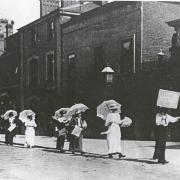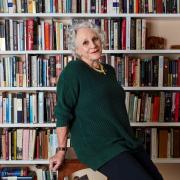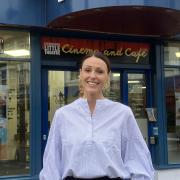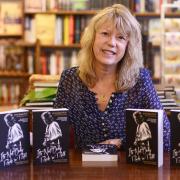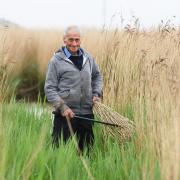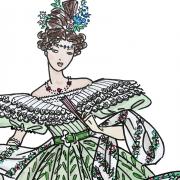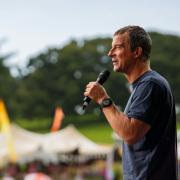In coronation month Holly Louise Eells reveals royal links to Norfolk charities and how the new King Charles III has been helping good causes across the county for decades
Charles and churches
Norfolk’s hundreds of medieval churches are an architectural wonder – and one of the most spectacular is Walpole St Peter in west Norfolk.
It has a rich history of royal patronage and its current patron is King Charles III.
Several restoration projects through the generations had royal support and King Charles has visited many times.
He is also patron of the Norfolk Churches Trust, founded almost 50 years ago to help protect, preserve and keep open, one of the greatest concentrations of medieval churches in the world.
He regularly visits local churches when he is in the county, joining congregations for services and events.
He regularly worships in the churches on the Sandringham estate and joined the congregation at nearby Castle Rising church earlier this year.
The new king was also an early patron of the national Music in Country Churches charity, which was founded in Norfolk.
He has regularly joined audiences in the Norfolk churches hosting concerts.
Its first concert was held in Salle church, near Reepham, in 1989 and it went on to help more than 50 beautiful churches raise funds and host world-class musicians.
The most recent Norfolk concert featured the Tenebrae choir in the magnificent church at Cley-next-the-Sea – with the Prince of Wales in attendance. The next is in Snettisham in July.

The King’s horses
King Charles III is patron of Fakenham Racecourse.
The racecourse, conveniently close to Sandringham, has many royal connections.
Races were first held at Fakenham in 1905, moving from East Winch, where Edward VII was already patron. So he was the first royal patron at Fakenham, followed by successive royals through to King Charles.
Her Majesty the Queen was patron of the racecourse until Prince Charles, now King Charles, became patron in 2000. Two years later the Prince of Wales opened the members’ stand, named The Prince of Wales Stand in his honour.
Our gardening king
With its mission, ‘Gardening Is For Everyone,’ the Norfolk and Norwich Horticultural Society aims to ensure everyone has a chance to enjoy gardening.
One of the oldest provincial horticultural societies in the county, it was founded in 1829 and is affiliated with The Royal Horticultural Society.
Members range from farmers, professional horticulturists, allotment holders, and flower arrangers to hobby gardeners and those who love visiting other people’s beautiful gardens.
‘Norfolk & Norwich Horticultural Society has for many years been very grateful for the patronage and support of the former Prince of Wales,’ said society general secretary Lesley Webdale.
‘All our committee and members send our very best wishes to King Charles III on his coronation and thank him for his ongoing support and encouragement around environmental issues.’

Flower show
The King is patron of the Sandringham Flower Show and traditionally attends the popular annual event set in the royal parkland, with a backdrop of Sandringham House and Sandringham Church.
The 2023 show, on July 26, is the 140th Sandringham Flower Show and will include a profusion of flowers, fruit and vegetables, floral art and show gardens by leading designers.
Many of the region’s leading nurseries and horticultural specialists exhibit and there are also equestrian events and a military band.
The Flower Show is one of the oldest horticultural shows in the world and welcomes visitors from all over the country to marvel. Proceeds go to local charities.
Environmental king
In 1992 the Prince of Wales became patron of the School of Environmental Sciences at the University of East Anglia.
It blends physical, chemical, biological and social sciences and is one of the largest interdisciplinary institutions of its kind in Europe.
Staff and students met Prince Charles in 2017 following the award of a Queens Anniversary Prize for Higher and Further Education in recognition of its 50 years of ground-breaking environmental science.
Three years later the Prince wrote to graduating students, commending their determination, imagination, and resourcefulness in dealing with studying during the pandemic.
Professor Kevin Hiscock of the School of Enviromental Sciences said: “King Charles has an informed and shared understanding of the profound environmental challenges that the planet faces this century and is an effective advocate for a more sustainable world.
“The school wishes to offer King Charles our very best wishes for a long and healthy reign and to thank him for his steadfast patronage of our research and teaching in environmental science.”

Monarch of the mills
Norfolk's only working watermill, in lovely Letheringsett, still grinds flour, which is sold at the mill and used in the food baked for its tearoom.
The King is an honorary member of the Friends of Letheringsett Watermill and has visited the tranquil and historic site on the river Glaven - where a mill has stood for a thousand years.












